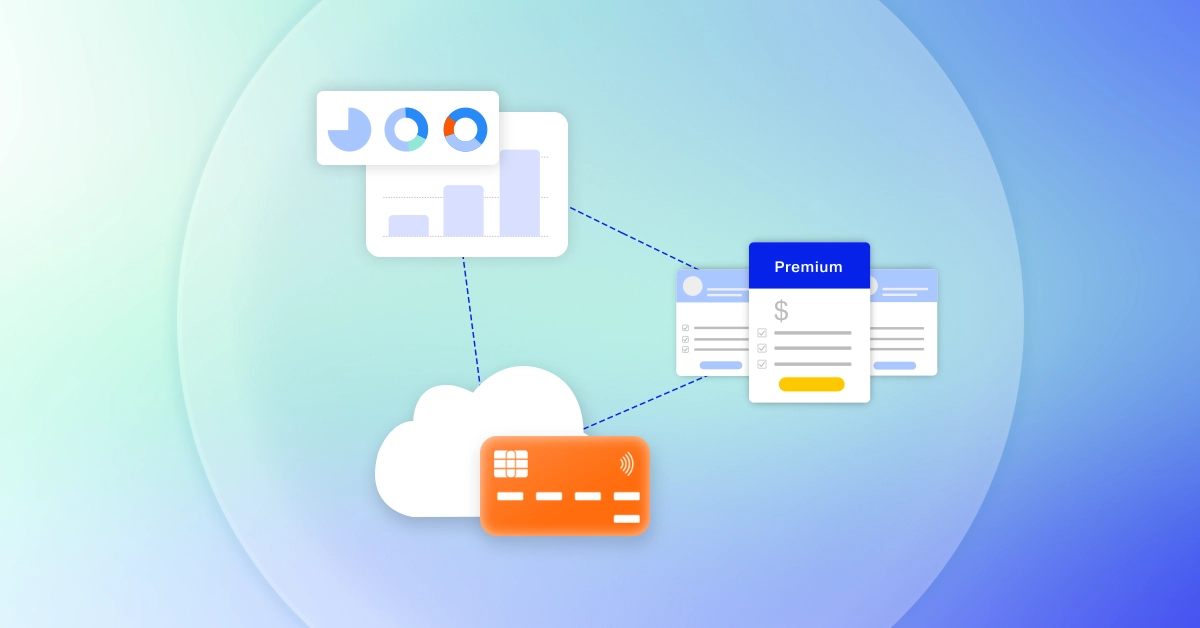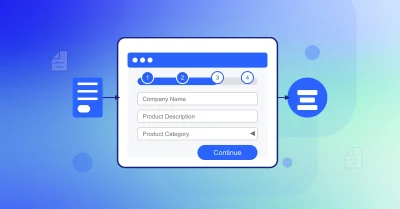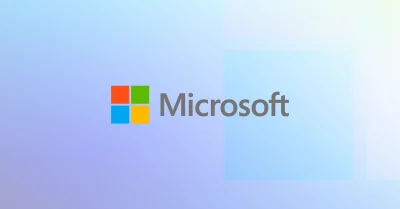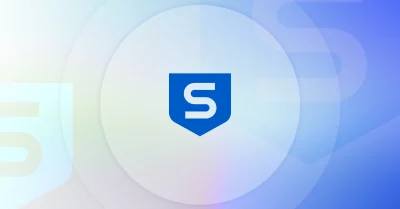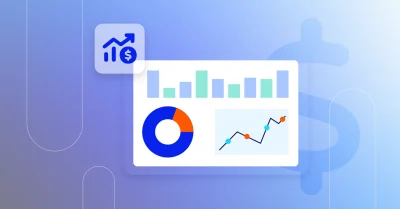When you begin a workout regimen, you don’t start off trying to lift 200 pounds. You build up your exercise routine step by step. The steps to staying ‘digitally fit’ begin with self-assessment because you need to understand and evaluate how your business currently goes to market. Answer the fundamental question: What is it that you want to achieve through digital transformation? This will help you identify strengths and weaknesses in your market strategy.
Digital transformation, cloud monetization, and the subscription economy represent the pillars of modern business strategy. However, the distinction between these concepts can be confusing. Understanding their interconnected nature and leveraging their unique roles can propel businesses to new heights. Let’s explore how these concepts interplay to drive success in the digital age.
Digital Transformation: The Catalyst
Digital transformation is a comprehensive shift in how companies use technology to enhance operations and deliver superior value. It’s not just about adopting new tools; it’s about reimagining processes, workflows and even entire business models.
To embark on this journey, businesses need to ask a fundamental question: What do we want to achieve through digital transformation?
Key steps to navigate digital transformation include:
- Involve strategic thinkers and change agents: Identify people within your organization who have a deep understanding of the company’s past and future direction because these team members can help the business focus on its North Star and determine the incremental building blocks needed to get there. And ensure there are advocates for a change in mindset to drive successful adoption of digital transformation.
- Embrace data-driven decisions: Collect data from customer interactions and internal operations while continuously gathering and analyzing feedback. This information should refine and improve the transformation process.
- Prioritize agile project management: Setting quarterly goals can test the viability of digital initiatives. Regularly measure progress and be prepared to pivot as needed. Fail fast, adjust and move forward.
- Encourage a nimble company culture: Stakeholder buy-in is key to operating with agility because you need the ability to make informed decisions quickly in a digital-first world.
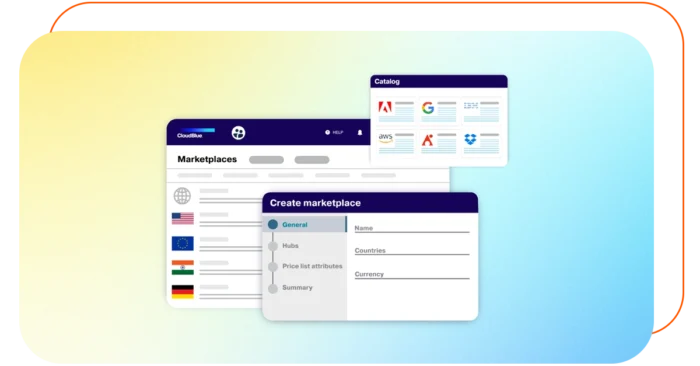
Cloud Monetization: The Engine
CloudBlue’s Monetization Platform takes traditional cloud services to the next level, offering businesses greater flexibility and scalability. A prime example is Infrastructure as a Service (IaaS), which allows companies to migrate traditional IT infrastructure into a cloud-based service, providing virtualized computing resources.
Independent software vendors (ISVs) can expand their market reach through cloud marketplaces, selling and procuring products globally. As the network of partners, products, and services grows, the complexity of daily operations also increases. Effective cloud management should include:
- A Strong Cataloging System: To keep track of products and services.
- Sophisticated Billing System: To handle complex transactions and multiple currencies.
- Process Integration Capabilities: To ensure seamless operation across various systems.
By leveraging cloud infrastructure through CloudBlue, businesses can support end-to-end automation and integration, creating a robust backbone for scalable and flexible solutions.
The Subscription Economy: Maximizing Value from Access Over Ownership
In the on-demand world, this model has reshaped how products and services are consumed and monetized. For instance, T-Mobile bundles Netflix with its connectivity services, simplifying the payment process for consumers.
Subscription-based models offer several advantages:
- Streamlined Services: Businesses can bundle various products and services into one package, providing convenience and a tailored shopping experience.
- Recurring Revenue: Subscriptions provide a steady stream of income, enabling companies to focus on understanding and addressing customer needs.
- Customer Loyalty: Continuous value delivery fosters customer loyalty and retention. Businesses can use data on customer preferences to improve and tailor their offerings.
The subscription economy aligns the incentives of businesses and customers, encouraging high standards of service and fostering long-term relationships.
The Interplay: Where the Magic Happens
True innovation lies in the interplay between digital transformation, cloud monetization and the subscription economy. Digital transformation enables businesses to harness cloud computing and embrace subscription models, creating a cycle of continuous improvement and value delivery.
Key Takeaways:
- Digital Transformation acts as a catalyst, modernizing operations and infrastructure.
- Cloud Computing provides the scalable, flexible infrastructure necessary for subscription-based offerings.
- The Subscription Economy offers a sustainable revenue model, incentivizing ongoing innovation and customer-centricity.
Combined, these elements allow companies to streamline operations, generate sustainable revenue and build lasting customer relationships.
Understanding and leveraging this interplay is crucial for achieving long-term success and growth in an ever-evolving digital landscape. Ask us how you can add value to your business today.







